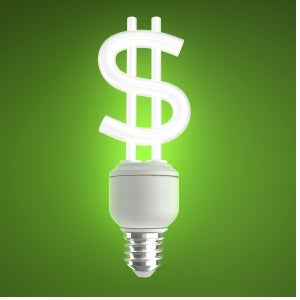 FirstEnergy isn’t the only utility trying to stick Ohioans with the cost of its poor business decisions.
FirstEnergy isn’t the only utility trying to stick Ohioans with the cost of its poor business decisions.
AEP Ohio has also presented a similar proposal to bail out several old, uneconomic coal plants, asking the Public Utilities Commission of Ohio (PUCO) to guarantee the purchase of power produced by its coal plants. The utility tried the same tactic earlier this year and failed, but is now back with an updated proposal. Last week, Environmental Defense Fund (EDF) filed testimony opposing the deal and recommended that AEP Ohio should invest in grid upgrades if the PUCO decides to approve AEP Ohio’s proposal.
Ohio has a competitive retail electric market, meaning customers can buy electricity from many different sellers. But utilities still have a monopoly when it comes to service territories. So if you live in AEP Ohio’s territory, the company will deliver your electricity – even if you purchase it from a different provider. Since AEP Ohio’s bailout proposal applies to its entire service area, essentially the utility wants to force all of those customers to pay for its coal plants, including those who don’t buy their electricity from AEP Ohio. Read More










 The European Commission is putting its weight behind an initiative designed to increase private investment in energy efficiency, the Investor Confidence Project (ICP). ICP is accelerating the development of a global energy efficiency market by standardizing how energy efficiency projects are developed and energy savings are calculated.
The European Commission is putting its weight behind an initiative designed to increase private investment in energy efficiency, the Investor Confidence Project (ICP). ICP is accelerating the development of a global energy efficiency market by standardizing how energy efficiency projects are developed and energy savings are calculated.


